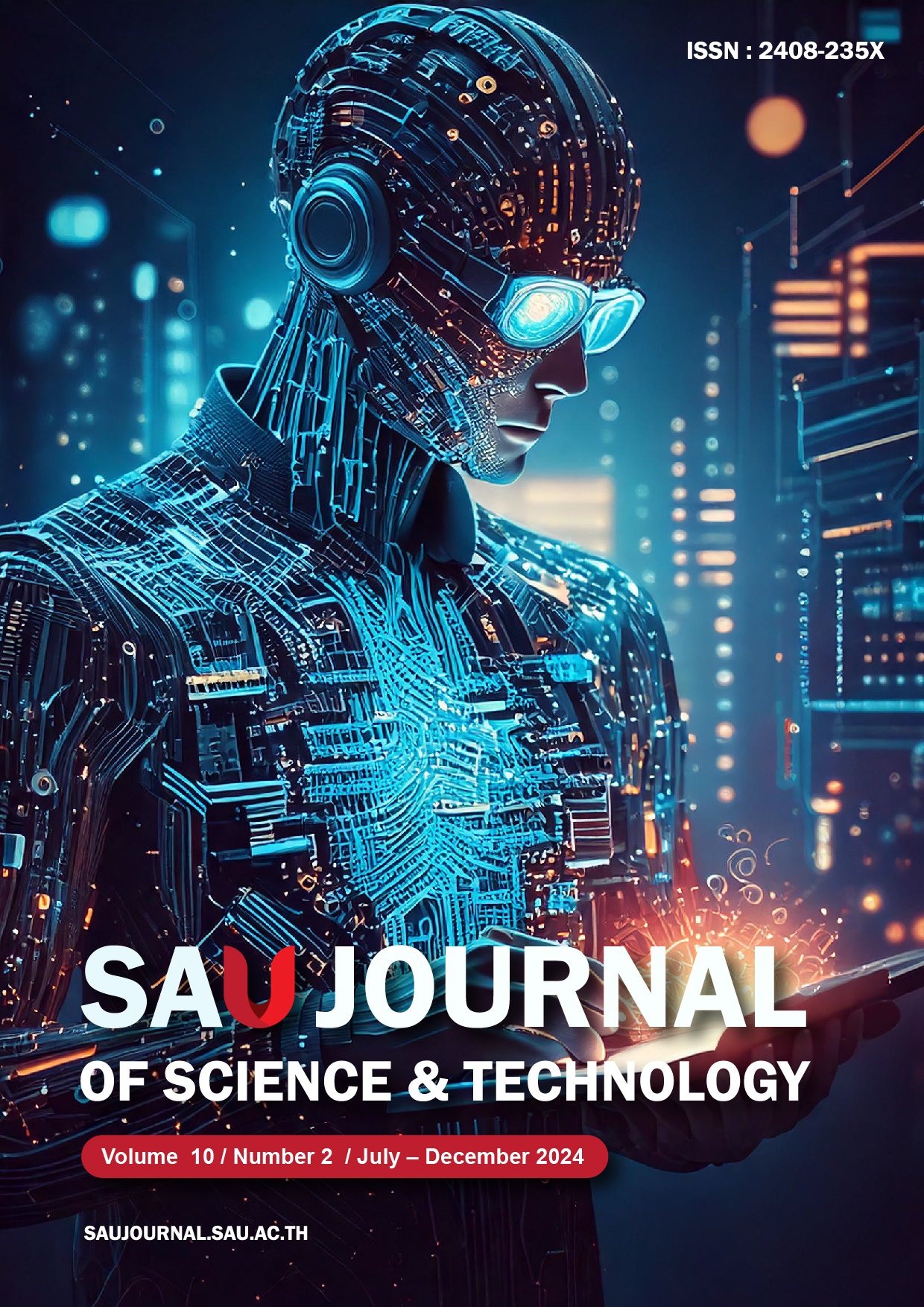Design and Application of Smart Energy Management Platform for Industrial Parks
Main Article Content
Abstract
As the global economy and society continue to develop, environmental pressures are intensifying, making the need for energy conservation and emissions reduction increasingly urgent. In response to these challenges, a smart energy management platform specifically designed for industrial parks is proposed. By utilizing advanced Internet of Things (IoT) technology and integrated sensor networks, the platform achieves real-time monitoring of energy devices. Cloud computing is responsible for storing, analyzing, and processing big data, offering a comprehensive solution for energy management. This platform also facilitates the coordinated development of energy management, enabling the interconnection of electricity, gas, and water resources. The interactive smart network has been constructed to facilitate online intelligent operation and maintenance, as well as user-friendly smart sharing services. Practical results demonstrate that this integrated intelligent energy management system significantly enhances the level of information within the enterprise. It not only significantly improves energy efficiency and reduces costs but also enhances the profitability of enterprises. By effectively managing and controlling energy consumption in industrial parks, the system minimizes resource waste, thereby achieving the goal of conserving energy and reducing emissions.
Article Details
References
C. N. Zou, F. Ma, S. Q. Pan, M. J. Lin, G. S. Zhang, B. Xiong, Y. Wang, Y. B. Liang and Z. Yang, “Earth energy evolution, human development and carbon neutral strategy,” Petrol. Explorat. Dev., Vol. 49, no. 2, pp. 468-488, 2022.
F. Yang, C. F. Bai and Y. B. Zhang, “Research on the value and realization architecture of energy internet,” Chinese J. Elect. Eng. Vol. 35, no. 14, pp. 3495-3503, 2015.
J. Fouladi, A. Alnouss, T. Al-Ansari, “Sustainable energy-water-food nexus integration and carbon management in eco-industrial parks,” Cleaner Production, Vol. 418, pp. 138071, 2023.
E. Szilagyi, D. Petreus, M. Paulescu, T. Patarau, S. M. Hategan and N. A. Sarbu, “Cost-effective energy management of an islanded microgrid,” Energy Reports, Vol. 10, pp. 4516-4537, 2023.
D. Viesi, G. Baldessari, A. polderman, S. Sala, A. Zanetti, M. Bolognese, C. Pellegrini and L. Grema, “Developing and testing an “Integrated Energy Management System” in a ski resort: The “Living Lab Madonna di Campiglio”,” Cleaner Energy Syst., Vol. 4, pp. 100050, 2023.
X. H. Meng, “Exploration of integrated energy services for parks,” Applied Research, Vol. 42, no. 11, pp. 56-58, 2023.
V. Marinakis, C. Karakosta, H. Doukas, S. Androulaki and J. Psarras, “A building automation and control tool for remote and real time monitoring of energy consumption,” Sustain. Cities and Society, Vol. 6, pp. 11-15, 2013.
K. Peng, C. Zhang, B. Y. Xu, Y. Chen and X. S. Zhao, “Status and prospect of pilot projects of integrated energy system with multi-energy collaboration,” Power automation equipment, Vol. 37, no. 6, pp. 1-7, 2017. (in Chinese, translated abstract).
M. T. Aljburi, A. S. Albahri, O. S. Albahri, A. H. Alamoodi, S. M. Mohammed, M. Deveci and H. Tomaskova, “Exploring decision-making techniques for evaluation and benchmarking of energy system integration frameworks for achieving a sustainable energy future,” Energy Strategy Rev., Vol. 51, no. 2024, pp. 101251, 2023.
J. S. He, “Effectiveness of intelligent energy management systems in industrial applications,” Ecological Env., Vol. 17, no. 3, pp. 155-157 2023.
G. C. Zhen, Q. Wang, X. Q. Jiao, C. Q. Chu, “Design of IP core for high-speed data logger transmission interface based on Gigabit Ethernet,” Instrument. Tech. Sensors, Vol. 10, no. 10, pp. 39-44, 2019.
K. Wen, H. L. Xu, M. Xu, Y. T. Pei, Y. F. Lu, H. W. Zheng and Z. L. Li, “Digital twin-driven intelligent control of natural gas flowmeter calibration station. Measurement,” Measurement, Vol. 217, pp. 113140, 2023.
S. Oscar, R. S. Jose, “Turbidimeter and RGB sensor for remote measurements in an aquatic medium,” Measurement, Vol. 68, pp. 128-134, 2015.
X. L. Zhang, Q. X. Chen, L. H. Xu, X. H. Wang, N. J. Pang, H. J. Jiang, Q. L. Lin, Z. J. Jiang and S. H. Bao, “Application of intelligent energy management system in industrial parks,” Building Energy Efficiency, Vol. 2, pp. 89-93, 2020. (in Chinese).
X. B. Liang, K. Chen, S. L. Chen, X. Zhu, X. Q. Jin and Z. M. Dun, “IoT-based intelligent energy management system for optimal planning of HVAC devices in net-zero emissions PV-battery building considering demand compliance,” Energy Conv. Manage., Vol. 292 , pp. 117369, 2023.
Z. W. Wang, “Analysis of device manufacturing and monitoring in new power systems,” Integrated Circuit Applications, Vol. 40, no. 11, pp. 108-109, 2023. (in Chinese, translated abstract).
X. H. Du, X. Zhou, “Software design of intelligent water platform based on internet of things,” Industrial Control Computer, Vol. 33, no. 6, pp. 136-137, 2020. (in Chinese, translated abstract).
Department of Science and Technology for Social Development, Ministry of Science and Technology, China Agenda 21 Management Center, Practical Manual on Energy Conservation and Emission Reduction for All, 2007, Social Science Literature Publishing House, 163 pp.


